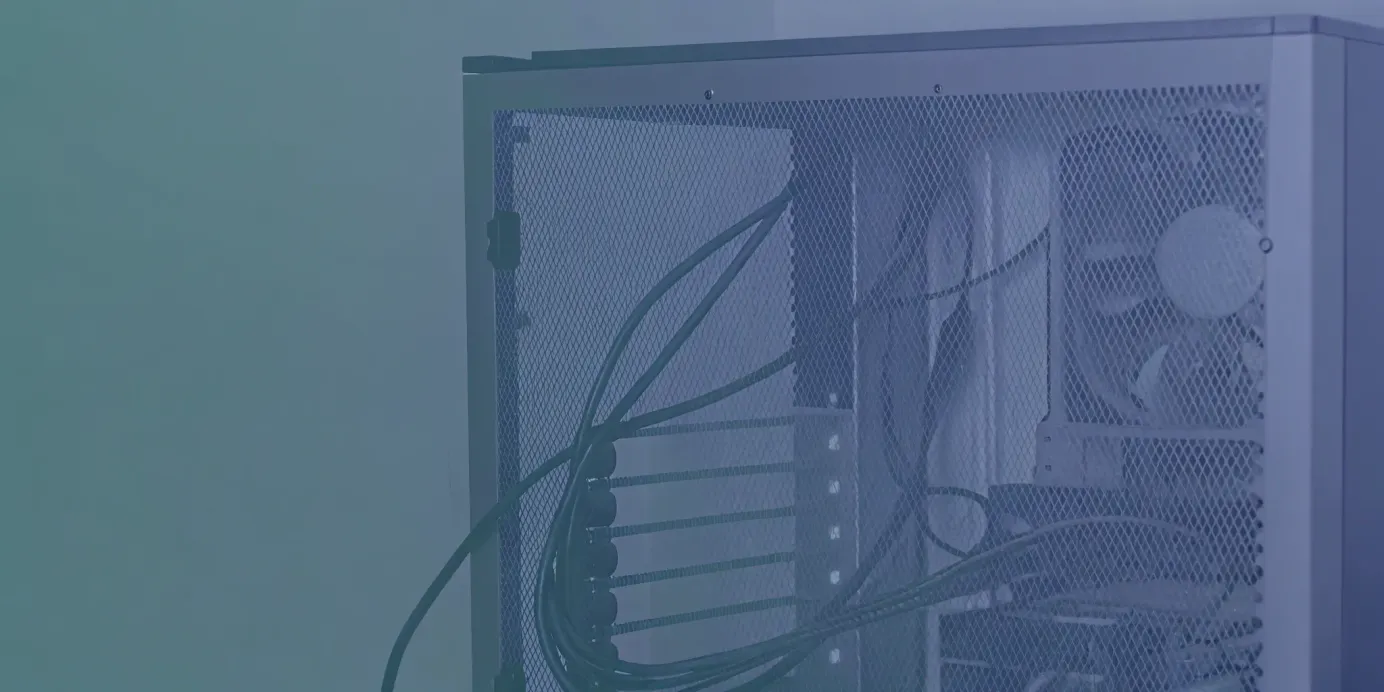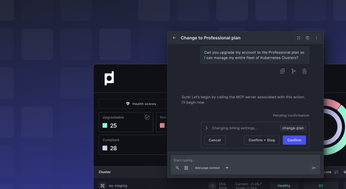
Kubernetes Distros: A Comprehensive Guide for DevOps Teams
Get insights into choosing the right Kubernetes distro for your DevOps team. Explore features, performance, and best practices for effective management.
Kubernetes has become the de facto standard for container orchestration, but deploying and managing it can be complex. Choosing the right Kubernetes distro is crucial for streamlining operations and maximizing efficiency.
This guide explores the world of Kubernetes distributions, breaking down the key features, popular options, and best practices to help you navigate this landscape and make informed decisions for your containerized workloads. Whether you're a seasoned Kubernetes veteran or just starting your journey, understanding the nuances of different distributions is essential for success. We'll also explore how platforms like Plural simplify the complexity of managing any Kubernetes distribution and empower DevOps teams.
Unified Cloud Orchestration for Kubernetes
Manage Kubernetes at scale through a single, enterprise-ready platform.
Key Takeaways
- Kubernetes distributions streamline deployments: From open-source options like Minikube to cloud-managed services like EKS, distributions simplify Kubernetes setup and management. Consider your team's expertise and infrastructure when selecting a distribution.
- Control versus convenience is a key trade-off: Managed services offer ease of use but less control, while self-managed distributions provide flexibility but require more operational overhead. Choose the approach that aligns with your team's resources and project needs.
- Security and resource management are essential: Implement RBAC, network policies, and resource quotas to ensure secure and efficient Kubernetes operations. Prioritize monitoring and logging for proactive issue identification and resolution.
- Simplify Kubernetes complexity with Plural: While powerful, Kubernetes has a learning curve and added challenges. Plural is designed to help DevOps teams move beyond these limitations and confidently manage a fleet of Kubernetes clusters at scale.
What is a Kubernetes Distribution?
A Kubernetes distribution is a pre-packaged version of Kubernetes that simplifies deploying and managing containerized applications. It's a curated bundle with all the necessary components to get a Kubernetes cluster up and running, often including additional tools and features not found in upstream (vanilla) Kubernetes. Distributions streamline installation and provide built-in management tools, making Kubernetes more accessible. This contrasts with "vanilla" Kubernetes, which requires manual configuration and integration of various components. Many distributions also offer enhanced security, monitoring capabilities, and specific integrations with networking and storage solutions.
How Distributions Enhance Kubernetes
Kubernetes distributions enhance the core Kubernetes experience by simplifying setup and ongoing management. They often provide streamlined installation processes, sometimes with a single command, compared to the manual configuration required for vanilla Kubernetes. Many distributions include pre-configured best practices and optimized configurations for improved performance and security.
Managed Kubernetes distributions simplify operations by handling upgrades, patching, and scaling, freeing your team to focus on application development. Choosing a distribution depends on your needs, including cloud provider preferences, existing infrastructure, security requirements, and scalability goals. Open-source distributions offer flexibility and customization but require more hands-on management. Opinionated distributions provide pre-configured best practices and often come with additional tools and support, trading some flexibility for ease of use.
Popular Kubernetes Distributions
Choosing the right Kubernetes distribution depends on your specific needs and resources. Distributions are broadly categorized into open-source, commercial, and cloud-managed options, each with distinct advantages. This section provides an overview of popular choices in each category to help you navigate the landscape.
Open Source Options
Open-source distributions provide a flexible foundation for building and managing Kubernetes clusters. They are ideal for teams that are comfortable with hands-on management and customization.
- Canonical Kubernetes: This distribution offers managed and self-managed options, catering to various operational preferences. For resource-constrained environments or edge deployments, MicroK8s provides a lightweight Kubernetes solution. This flexibility makes Canonical Kubernetes a versatile choice for diverse deployments.
- Minikube: Designed for local development and testing, Minikube allows developers to run a single-node Kubernetes cluster on their machines. This simplifies the process of building and debugging applications before deploying them to production environments. It's a valuable tool for streamlining the development workflow.
Commercial Solutions
Commercial distributions offer enterprise-grade features, robust support, and enhanced security. They are well-suited for organizations requiring stability and professional assistance.
- Red Hat OpenShift: Built on upstream Kubernetes, OpenShift adds enterprise-grade security features, management tooling, and a robust ecosystem. Its community-driven counterpart, OKD (formerly Origin), provides a free alternative for exploring OpenShift's capabilities. This dual offering caters to both enterprise and community users.
- Rancher: Known for its flexibility and multi-cluster management capabilities, Rancher supports various Linux distributions and simplifies managing Kubernetes across multiple cloud providers or on-premise environments. This makes it a strong choice for organizations with hybrid or multi-cloud architectures.
Cloud-Managed Services
Cloud-managed distributions streamline Kubernetes operations by leveraging the infrastructure and services of major cloud providers. They offer simplified deployment, automated scaling, and integration with other cloud offerings.
- Amazon Elastic Kubernetes Service (EKS): Tightly integrated with other AWS services, EKS simplifies deployment and management within the AWS ecosystem. This allows organizations to leverage AWS infrastructure and tools for Kubernetes deployments.
- Azure Kubernetes Service (AKS): AKS provides a managed Kubernetes experience within the Azure cloud, offering seamless integration with other Azure services. This simplifies management and allows for efficient resource utilization within the Azure environment.
- Google Kubernetes Engine (GKE): As one of the earliest managed Kubernetes offerings, GKE benefits from Google's deep expertise in container orchestration. It offers advanced features and tight integration with other Google Cloud Platform services. This makes GKE a powerful choice for organizations seeking a mature and feature-rich managed Kubernetes solution.

Key Features of Kubernetes Distributions
Kubernetes distributions offer a range of features that enhance the core Kubernetes experience, making it easier to deploy, manage, and scale applications. These features address common challenges and provide valuable tools for DevOps teams.
Simplified Installation and Management
Setting up and managing a Kubernetes cluster can be complex. Distributions simplify this process by providing tools and automation. Managed Kubernetes services, like those offered by cloud providers, abstract away much of the underlying infrastructure management, allowing teams to focus on application deployment rather than server maintenance. This streamlined approach reduces operational overhead and accelerates the development lifecycle.
Enhanced Security
Security is paramount in any Kubernetes environment. Distributions often incorporate enhanced security features beyond what's available in vanilla Kubernetes. These features can include hardened container runtimes, advanced network policies, and integrated security scanning tools.

Monitoring and Logging
Observability is crucial for maintaining the health and performance of Kubernetes clusters. Distributions often integrate popular monitoring and logging tools like Prometheus and Grafana. These tools provide insights into cluster resource usage, application performance, and potential issues. Effective monitoring enables proactive identification and resolution of problems, minimizing downtime and ensuring application reliability. Centralized logging aggregates logs from across the cluster, simplifying troubleshooting and analysis.

Networking and Storage Integrations
Kubernetes networking and storage can be challenging, especially for stateful applications and complex deployments. Distributions often include integrations with various Container Network Interfaces (CNIs) and storage providers, simplifying these tasks. However, complexities can still arise in multi-cloud or hybrid environments, where data synchronization and consistency become critical. Managing persistent storage for stateful applications requires careful consideration of storage classes and provisioning. Additionally, networking in multi-cloud and hybrid deployments can be complex, requiring cross-cluster communication and service discovery solutions. Distributions often provide tools and integrations to address these challenges, but careful planning and configuration are still necessary.
Managed vs. Self-Managed Kubernetes
Choosing between a managed and self-managed Kubernetes distribution is crucial for any DevOps team. Both approaches have their advantages.

Benefits of Managed Kubernetes
Managed Kubernetes services, such as AWS EKS, Azure AKS, and Google GKE, simplify the complexities of Kubernetes. These services handle cluster setup, upgrades, and maintenance, freeing your team to focus on application development and deployment. Managed services often include built-in monitoring, logging, and security features, reducing operational overhead. This simplified approach is especially helpful for teams new to Kubernetes or those lacking dedicated Kubernetes expertise.

Advantages of Self-Managed Distributions
Self-managed Kubernetes distributions require more hands-on management but offer greater control and flexibility. You have complete control over your cluster's configuration, allowing for fine-tuning and optimization based on your specific workloads. This control can be essential for organizations with strict security or compliance requirements. Open-source distributions, commonly used for self-managed deployments, offer extensive customization, allowing you to tailor your Kubernetes environment to your needs. This flexibility comes with the trade-off of increased management overhead. Ultimately, the best approach depends on your team's capabilities and project demands.
Choosing the Right Kubernetes Distribution
Selecting the right Kubernetes distribution is crucial for the success of your container orchestration strategy. This section outlines key considerations to help you make an informed choice.
Deployment Environments
Your deployment environment significantly influences your choice of distribution. Are you primarily cloud-native, leveraging providers like AWS, Azure, or GCP? Or do you operate a hybrid infrastructure with on-premises data centers? Managing Kubernetes clusters across diverse environments introduces complexities in networking, data synchronization, and maintaining consistency. Some distributions specialize in multi-cloud deployments, offering tools and features to simplify cross-platform management. A simpler, more focused distribution might be sufficient if your setup is less complex.
Scalability and Performance Needs
Kubernetes environments are inherently complex, multilayered, and dynamic. This can impact scalability and performance, especially as your application grows. Consider your anticipated workload and future scaling requirements. Some distributions are optimized for high-performance computing or large-scale deployments, while others prioritize ease of use and simplicity. Your choice of Kubernetes distribution should align with your specific needs and priorities, including cloud provider preference, existing infrastructure, security requirements, and scalability needs.
Existing Infrastructure Integrations
Evaluate a distribution based on its compatibility with your current infrastructure. This includes your cloud provider or on-premises hardware and your existing tooling. Does the distribution integrate seamlessly with your CI/CD pipelines, monitoring tools, and logging systems? Consider the surrounding tools and services offered by the distribution, the level of enterprise support provided, the strength of the community support, and your team's existing skillset.
Support, Community, and Documentation
Robust support, a vibrant community, and comprehensive documentation are essential for navigating the complexities of Kubernetes. When evaluating distributions, consider the availability of commercial support options, the activity level of relevant community forums, and the documentation quality. Managed Kubernetes services often offer significant advantages in ease of use, automation, and security compared to self-managing a Kubernetes cluster. A strong support system can be invaluable when troubleshooting issues or seeking guidance on best practices.
Best Practices for Kubernetes Distributions
After you’ve chosen a Kubernetes distribution, successfully running it depends on following best practices across key areas like security, resource management, and monitoring.
Security
Security is paramount in any Kubernetes environment. Given the distributed nature of Kubernetes, securing access and controlling permissions for resources within your clusters can be complex. One crucial aspect is implementing robust Role-Based Access Control (RBAC). RBAC allows you to define granular permissions for users and service accounts, limiting their access to only the necessary resources. Beyond RBAC, network policies provide a way to control traffic flow between pods and namespaces. By default, all pods can communicate with each other. Network policies act as firewalls within your cluster, allowing you to specify which pods can talk to each other and which ones are isolated. Regularly auditing your security configurations and staying up-to-date with best practices is crucial for maintaining a secure Kubernetes environment. For further insights into Kubernetes security, see this article by Plural.
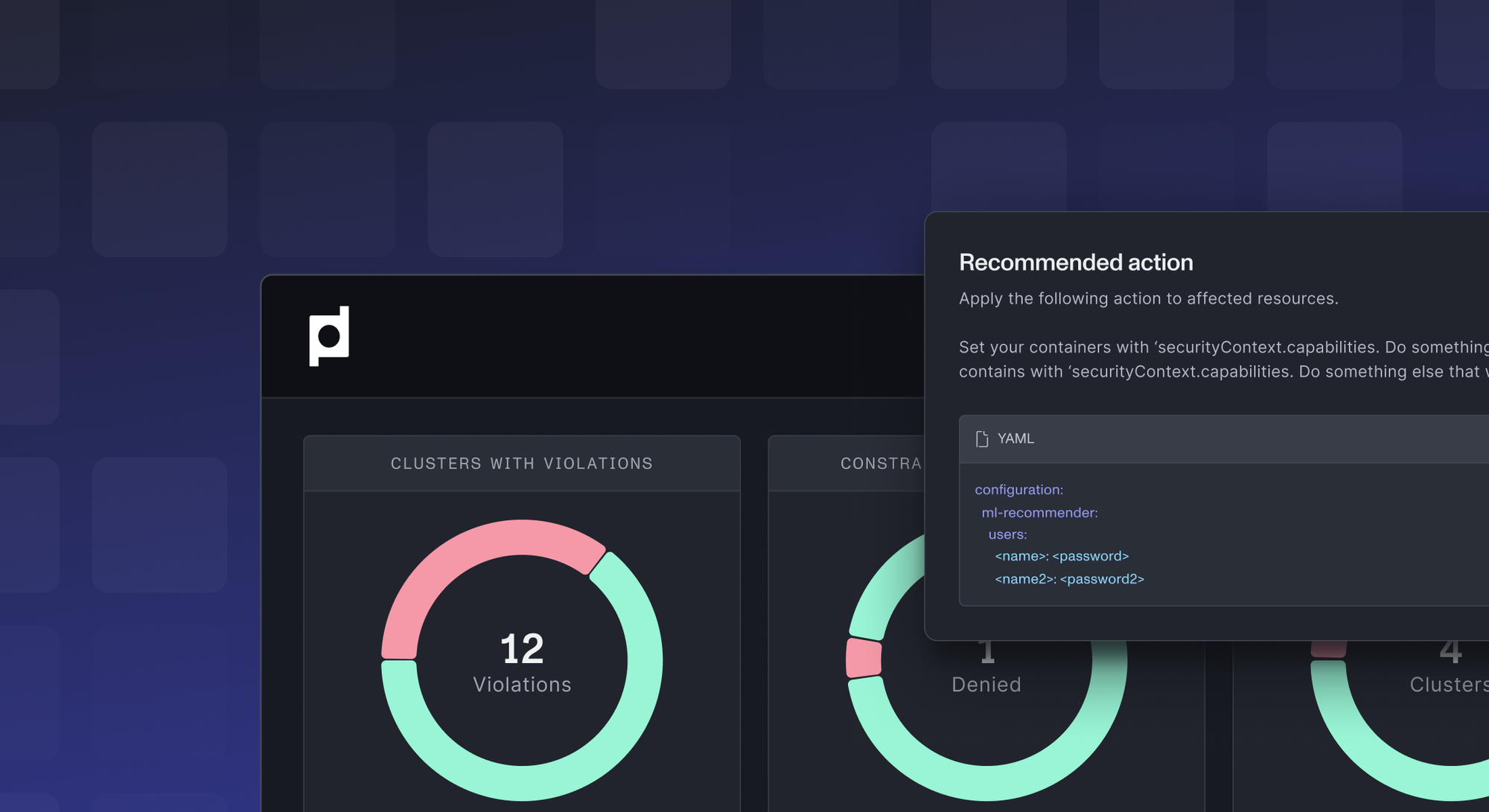
Resource Management
Efficient resource management is essential for optimal performance and cost-effectiveness in Kubernetes. One common challenge is managing persistent storage for stateful applications. Persistent Volumes (PVs) and Persistent Volume Claims (PVCs) are the key mechanisms for handling this. PVs represent the underlying storage, while PVCs are requests for storage by your applications. Think of it like ordering a pizza—the pizza itself is the PV, and your order specifying the size and toppings is the PVC. For more on managing storage, refer to this comprehensive guide on Persistent Volumes by Plural.

Another aspect of resource management is resource quotas and limits. These allow you to define how much CPU, memory, and other resources each pod or namespace can consume. This prevents runaway resource usage by one application, ensuring fair allocation across all your workloads. Especially in multi-cloud or hybrid deployments, managing resources effectively becomes even more critical.
Monitoring and Observability
Understanding what's happening inside your clusters is crucial in a distributed system like Kubernetes. Collecting and managing application logs and monitoring metrics can be challenging. Centralized logging and metrics aggregation are essential for gaining insights into application performance, identifying bottlenecks, and troubleshooting issues. Tools like Prometheus and Grafana can help collect and analyze this data, providing valuable observability into your Kubernetes environment.

Common Misconceptions about Kubernetes Distributions
Kubernetes has revolutionized how we deploy and manage applications, but several misconceptions can cloud the decision-making process, especially for DevOps teams. Let's debunk some common myths.
Addressing Complexity
One persistent misconception is that Kubernetes is inherently overly complex and suitable only for large enterprises. While Kubernetes introduces a new abstraction layer, its modular design allows you to adopt it incrementally. You can start with a simple deployment and gradually expand as your needs evolve. The perceived complexity often stems from managing multiple distributions across different environments. Tools like Plural help address this by providing a single pane of glass for managing Kubernetes fleets, regardless of the underlying distribution or cloud provider. This simplifies operations and improves visibility across your entire infrastructure. Don't let the initial learning curve deter you; focus on understanding the core concepts and leverage tools that simplify management.
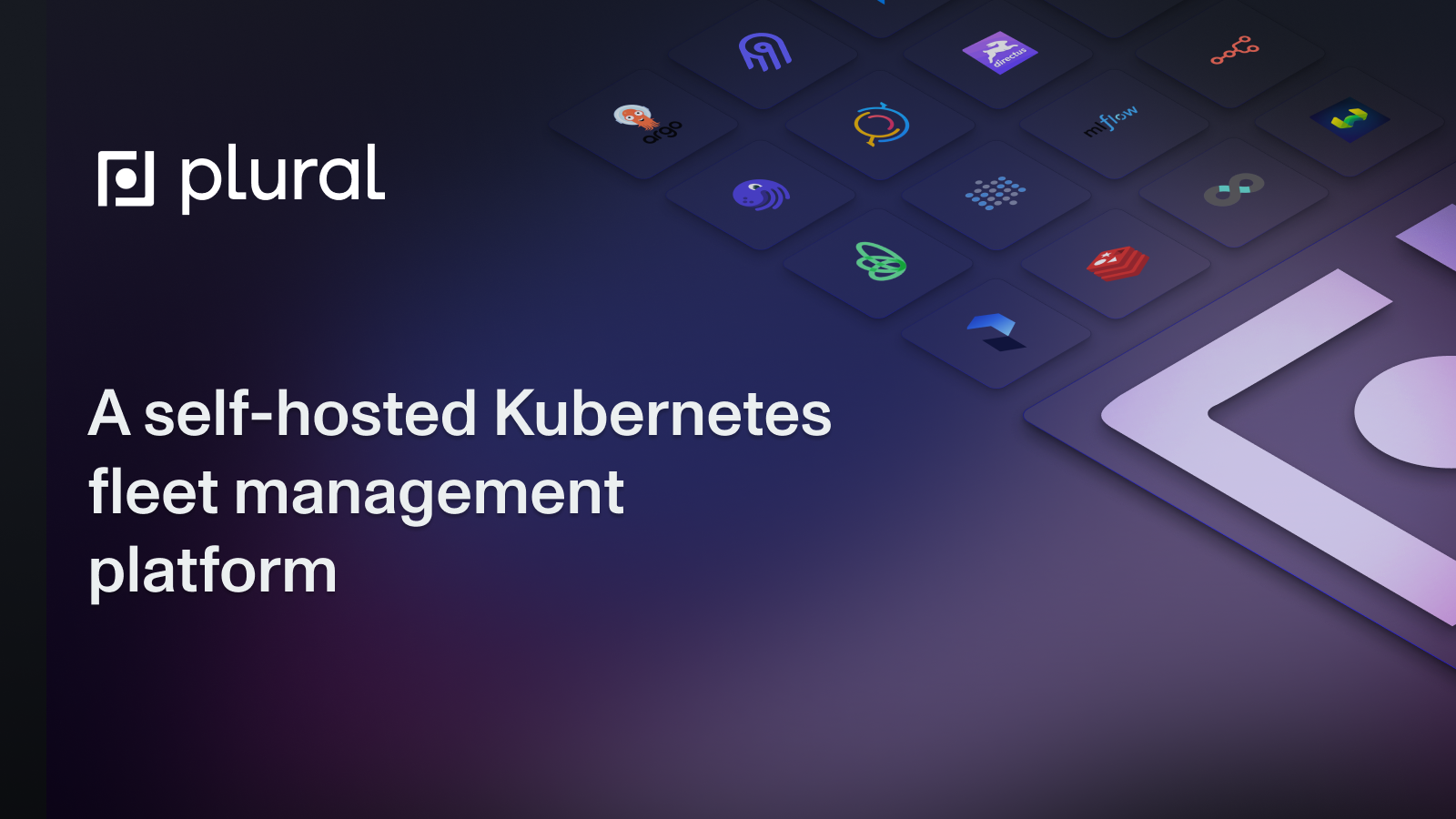
Dispelling Enterprise-Only Myths
The perception that Kubernetes is exclusively for enterprise use is simply untrue. While large organizations benefit from its scalability and resilience, smaller teams can also leverage its power. The key is to choose a distribution and tooling that aligns with your team's size and technical expertise. Managed Kubernetes services, for example, can be a great starting point for smaller teams, as they offload much of the operational burden.
The Role of DevOps in Kubernetes
Finally, there's a misconception that Kubernetes eliminates the need for DevOps practices. In reality, Kubernetes empowers DevOps teams by facilitating declarative configuration and automated deployment, scaling, and management of containerized applications. Kubernetes provides the platform, but DevOps principles guide its effective implementation. Investing in training and adopting the right tools is crucial for maximizing the benefits of Kubernetes and avoiding common pitfalls. DevOps teams play a vital role in bridging the knowledge gap and ensuring smooth operation of Kubernetes deployments.

Simplify Kubernetes Complexity with Plural
Plural simplifies the complexity of managing any Kubernetes distribution by centralizing control and automating key operational tasks-such as deployments, updates, and dependency management-across all your clusters, regardless of whether they're on-premises, in the cloud, or at the edge; this unified platform integrates seamlessly with any Kubernetes distro, allowing DevOps teams to enforce consistency, streamline workflows, and reduce operational overhead without needing to master the nuances of each distribution
Watch Plural demo to see it in action
Monitor your entire environment from a single dashboard
Stay on top of your environment's clusters, workloads, and resources in one place. Gain real-time visibility into cluster health, status, and resource usage. Maintain control and consistency across clusters.

Manage and de-risk complex deployments and upgrades
Reduce the risks associated with deployments, maintenance, and upgrades by combining automated workflows with the flexibility of built-in Helm charts.

Solve complex operations issues with the help of AI
Identify, understand, and resolve complex issues across your environment with AI-powered diagnostics. Save valuable time spent on root cause analysis and reduce the need for manual intervention.

Conquer heterogeneous environments with confidence
Managing K8s across on-premises, multi-cloud, and hybrid setups introduces challenges. Plural bridges the gap, providing the tools to standardize and scale across environments.

Effortlessly simplify the complexities of Kubernetes management with a platform designed to enhance efficiency, reduce operational challenges, and empower your teams. Visit us at Plural.sh or schedule a demo to see it in action.
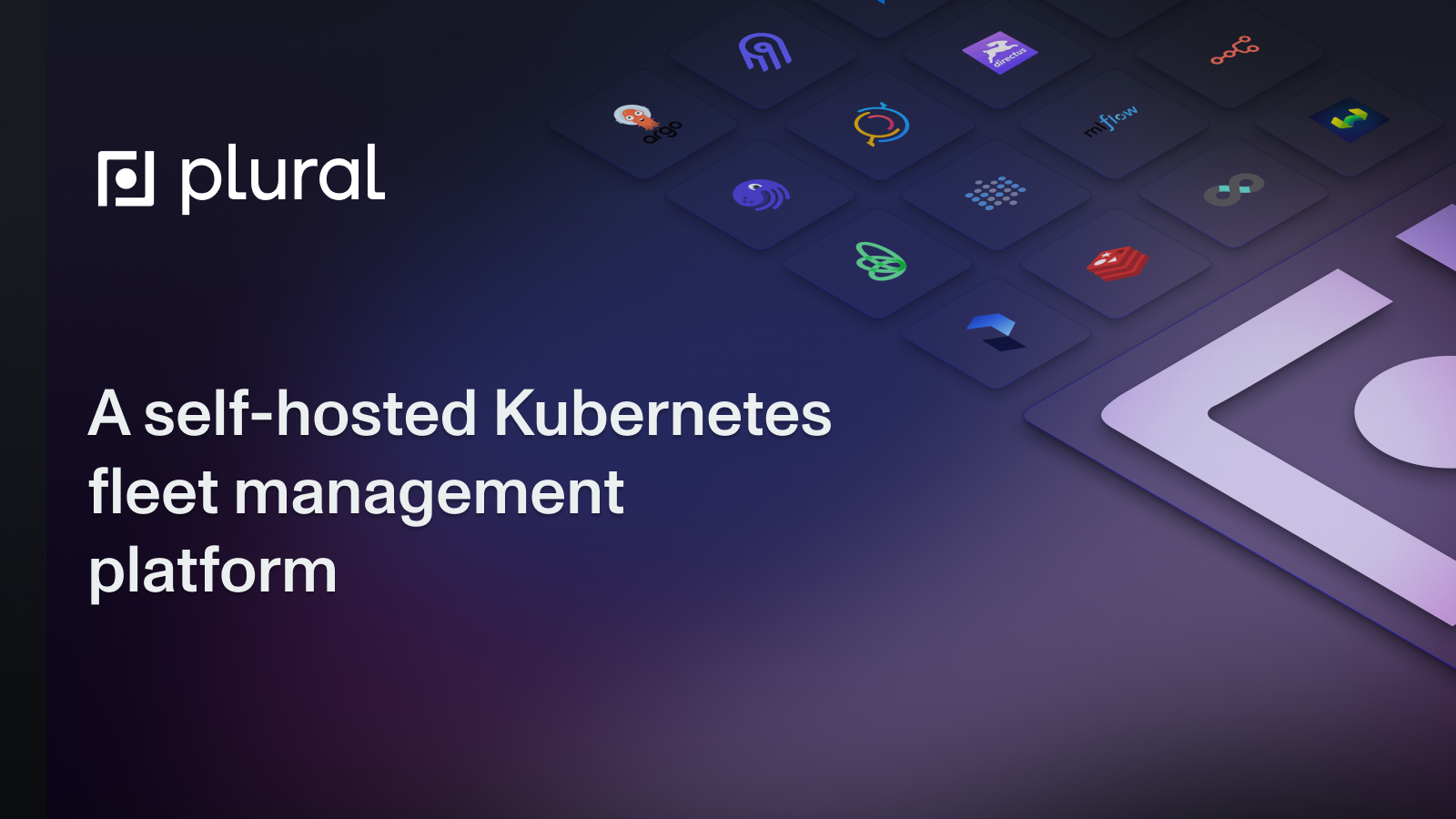
Related Articles
- Top Kubernetes Management Tools to Simplify K8s
- Kubernetes Orchestration: A Comprehensive Guide
- Deep Dive into Kubernetes Components
- Managed Kubernetes Service: A Comprehensive Guide
- Is Kubernetes Worth It? Advantages & Disadvantages
Unified Cloud Orchestration for Kubernetes
Manage Kubernetes at scale through a single, enterprise-ready platform.
Frequently Asked Questions
What is the difference between vanilla Kubernetes and a Kubernetes distribution?
Vanilla Kubernetes refers to the open-source, upstream project. It provides the basic building blocks for container orchestration but requires manual configuration and integration of various components. A Kubernetes distribution packages Kubernetes with additional tools, pre-configured settings, and often a streamlined installation process, simplifying deployment and management. Distributions can include enhanced security features, monitoring capabilities, and specific technology integrations.
How do I choose the right Kubernetes distribution?
Choosing the right distribution depends on several factors. Consider your team's expertise, deployment environment (cloud, on-premises, or hybrid), scalability needs, existing infrastructure, and desired level of control. Managed Kubernetes services offer convenience but less control, while self-managed distributions provide greater flexibility but require more operational effort. Evaluate your specific requirements and choose a distribution that aligns with your priorities.
What are the key benefits of using a managed Kubernetes service?
Managed Kubernetes services simplify operations by handling cluster setup, upgrades, scaling, and maintenance. They often include built-in monitoring, logging, and security features, reducing operational overhead. This lets your team focus on application development and deployment rather than infrastructure management. Managed services benefit teams new to Kubernetes or those lacking dedicated Kubernetes expertise.
What are the challenges of managing Kubernetes across multiple environments?
Managing Kubernetes across multiple cloud providers or on-premises data centers introduces networking, data synchronization, and maintaining consistency complexities. Different environments may have varying configurations, security policies, and management interfaces. Ensuring seamless operation and visibility across these disparate environments requires careful planning and specialized tooling.
How can I improve the security of my Kubernetes deployments?
Implementing robust Role-Based Access Control (RBAC) is crucial for controlling access to your Kubernetes resources. Network policies provide an additional layer of security by controlling traffic flow between pods and namespaces. Regularly auditing your security configurations, staying up-to-date with security best practices, and using security-focused distributions or tools can further enhance the security of your Kubernetes deployments.
Newsletter
Join the newsletter to receive the latest updates in your inbox.













